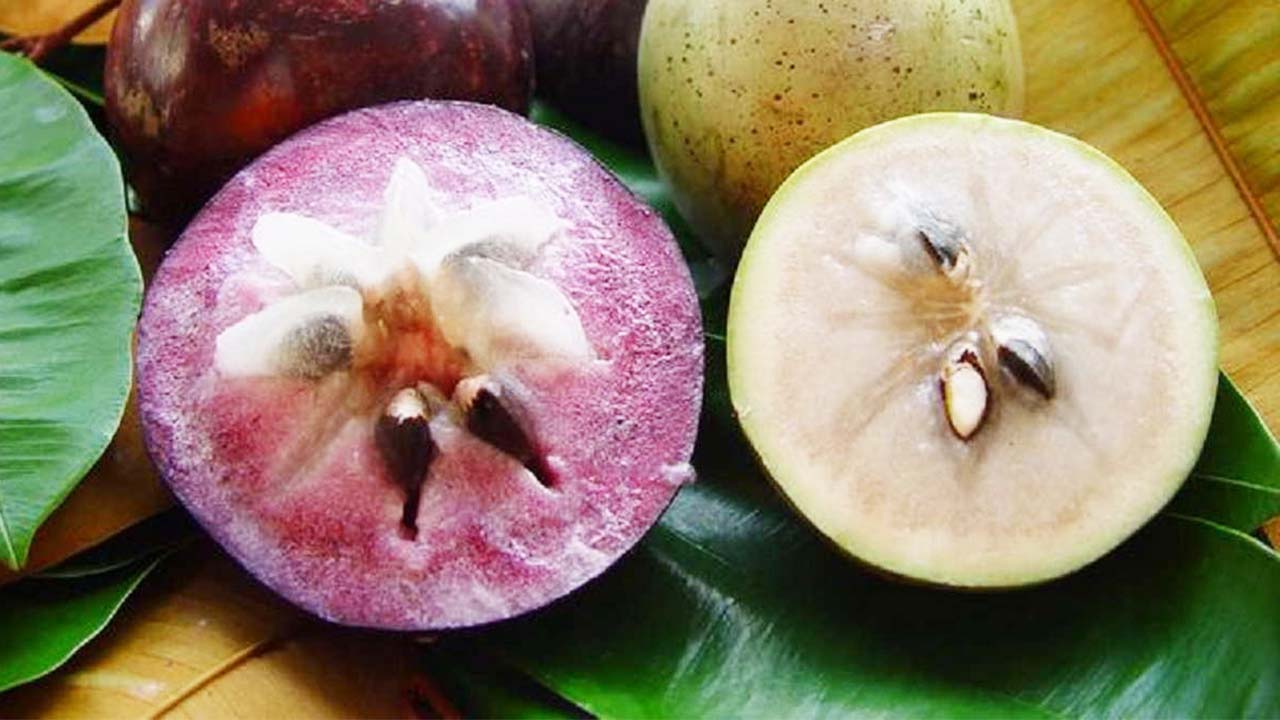
Source: Collected internet.
Cuisine is one of the factors that create differences and characteristics of each country in the world. If when mentioning sushi, people will immediately think of Japan, kimchi is associated with Korea and Thailand with famous dishes such as tomyum, mango sticky rice, then when mentioning Vietnam, visitors will certainly not You can't miss pho, banh mi, banh xeo, crab noodle soup.
Vietnam is one of the countries with a unique culture and unique features that no other country in the world has. The differences that create an impression on Vietnamese culture include costumes, customs, and cuisine. Hopefully the above useful information will help you better understand Vietnamese culture.
Vietnam's history began from 1 to 2 thousand years BC. Over many centuries with the Ly, Tran, Le, and Nguyen dynasties, from the mid-19th century, Vietnam became a French colony. After the August Revolution, the Democratic Republic of Vietnam was born. The Battle of Dien Bien Phu in 1954 marked the end of the French in the territory, but Vietnam was divided into two countries: the Democratic Republic of Vietnam in the North and the Republic of Vietnam in the South. After the events of April 30, 1975, Vietnam was unified and from July 2, 1976, officially named the Socialist Republic of Vietnam.
Lang Son, the prime land of the Fatherland, on spring days is more poetic with blooming peach blossoms and white apricot gardens stretching out. Traveling in the spring to Lang, visitors can not only explore the majestic mountain scenery but also immerse themselves in the spiritual cultural space of the residents of this place such as: Ky Cung Temple Festival, Ta Phu Temple Festival, Festival Dong Dang, Thanh Pagoda, Tam Thanh Pagoda, Tien Pagoda...